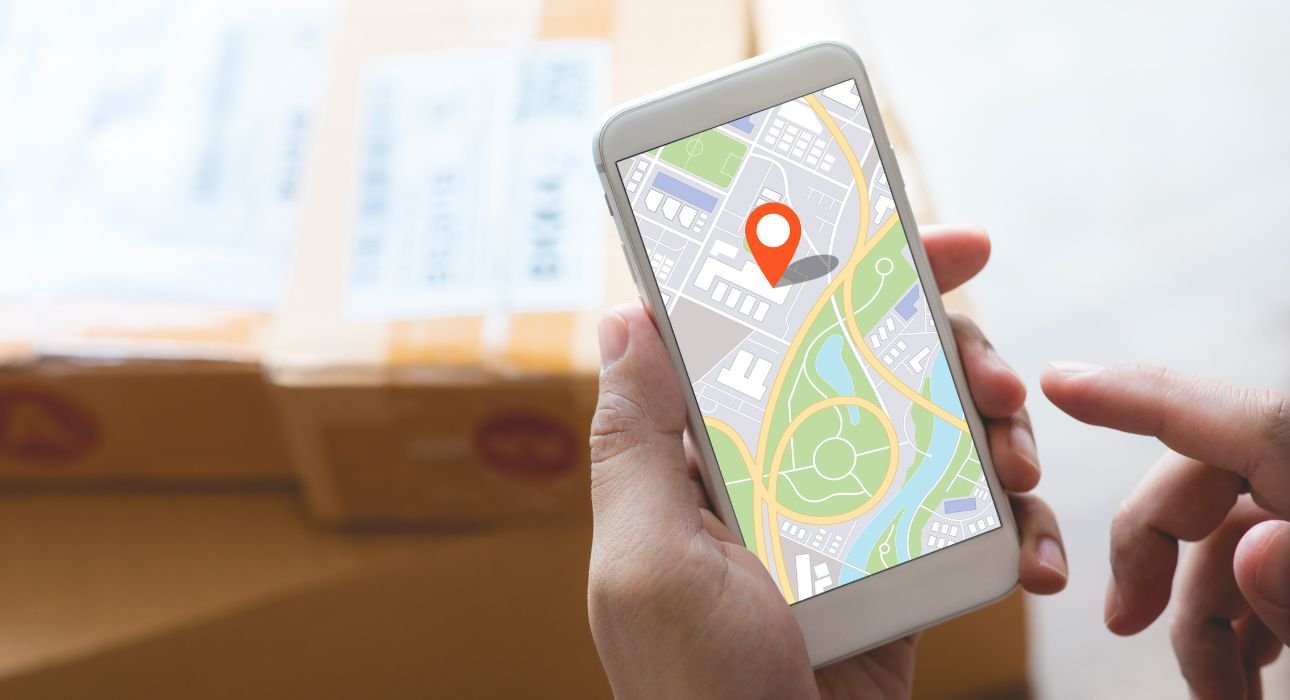The widespread adoption of smartphones has fundamentally altered how families coordinate daily routines and safeguard one another’s well-being. Contemporary location-tracking applications now deliver far more than simple map pins: they analyse movement patterns, identify irregular routes, and even promote safer driving behaviour. This overview evaluates two prominent no-cost solutions, highlighting the practical and privacy considerations that determine their suitability for modern households.
Google Family Link: Integrated Functionality Within the Android Ecosystem
Google Family Link is seamlessly embedded in Android devices yet remains accessible to iOS users. The platform offers parents real-time location data alongside a chronological log of their children’s movements — for example, regular journeys between school and extracurricular activities. Frequently visited venues are automatically categorised (e.g., “School” or “Grandparents’ House”), reducing the need for repetitive status queries.
In the broader landscape of mobile tracking, Family Link distinguishes itself by providing reliable, user-friendly functionality without compromising data privacy. Location sharing is end-to-end encrypted, never monetised through ads or third parties, and can be configured as either ongoing or temporary. This level of control supports modern parenting by offering oversight where appropriate and autonomy where needed.
Life360: A Specialist Focus on Family Safety
Life360 eschews integration into a broader technology suite, concentrating exclusively on family security. Even the complimentary tier provides live location tracking, driving-behaviour analytics (such as abrupt braking or excessive speed), and private “circles” that confine shared data to authorised family members. A notable feature is automatic crash detection: when a potential collision is identified, the application can notify all circle members and, where available, emergency services. This capability affords an additional safeguard during critical incidents when immediate intervention is essential.
Key Capabilities Within Cost-Free Solutions
- Geofencing: Users may establish virtual boundaries around critical locations — schools, residences of elderly relatives, or approved recreational areas — and receive automatic alerts when those perimeters are crossed.
- Emergency Response Tools: Dedicated panic buttons transmit precise coordinates to family members and, in some implementations, local authorities. Such rapid communication is invaluable during medical emergencies or vehicle breakdowns.
- Intelligent Battery Management: Modern algorithms adjust the frequency of GPS updates in accordance with user motion and remaining battery life, thereby preserving device functionality when it is most needed.
Privacy Architecture and Commercial Models
Rigorous data security differentiates reputable safety applications from less reliable alternatives. Prospective users should examine encryption standards, server security protocols, data-retention policies, and the extent of any third-party data sharing. Equally important is transparency regarding revenue generation: many services rely on advertising, premium feature upgrades, or anonymised data analytics. A clear understanding of these models enables families to weigh financial savings against potential privacy compromises.
Effective usage also depends on granular user controls. The most responsible platforms allow individuals to pause tracking, restrict visibility to specific contacts, or impose temporal limits on data sharing — measures that foster trust as adolescents seek greater independence.
Continuous Evaluation and Dialogue
Because family dynamics and safety requirements evolve over time, settings should be reviewed periodically, and open discussion maintained regarding privacy expectations. In this way, location-tracking technology becomes a collaborative instrument, enhancing security without encroaching upon personal freedom rather than a mechanism of constant surveillance.













Leave feedback about this